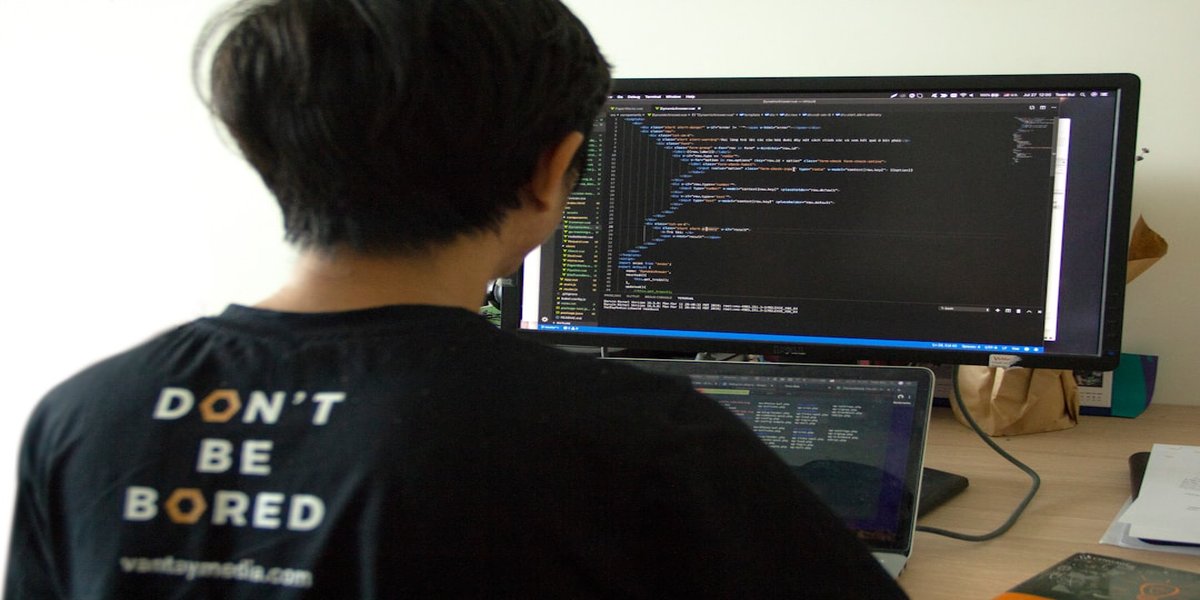📚 Reference Code Available: All production code, monitoring configurations, and optimization scripts are available in the GitHub repository. See
part6-production/for enterprise-grade operations!
Fine-Tuning Small LLMs on a Desktop - Part 6: Production, Monitoring, and Scaling
Welcome to the final part of our comprehensive series! In Part 5, we successfully deployed our fine-tuned model with a complete stack. Now we’ll take it to the next level with production-grade monitoring, scaling, security, and optimization to ensure your LLM service runs reliably at scale.
Series Navigation
- Part 1: Setup and Environment
- Part 2: Data Preparation and Model Selection
- Part 3: Fine-Tuning with Unsloth
- Part 4: Evaluation and Testing
- Part 5: Deployment with Ollama and Docker
- Part 6: Production, Monitoring, and Scaling (This post)
Production Architecture Overview
Our final production architecture encompasses enterprise-grade components for reliability, scalability, and maintainability:
🏭 Production Architecture
├── 🚦 Load Balancing & Traffic Management
│ ├── HAProxy/Nginx Load Balancer
│ ├── Circuit Breakers
│ └── Rate Limiting & Throttling
├── 📊 Advanced Monitoring & Observability
│ ├── Prometheus + Grafana
│ ├── Application Performance Monitoring
│ ├── Distributed Tracing
│ └── Log Aggregation (ELK Stack)
├── 🔒 Security & Compliance
│ ├── OAuth2/JWT Authentication
│ ├── API Gateway with WAF
│ ├── Secrets Management
│ └── Network Security
├── ⚡ Performance & Optimization
│ ├── Model Quantization & Optimization
│ ├── Caching Strategies
│ ├── Connection Pooling
│ └── Resource Optimization
├── 🔄 Auto-Scaling & High Availability
│ ├── Horizontal Pod Autoscaler
│ ├── Database Clustering
│ ├── Multi-Region Deployment
│ └── Disaster Recovery
└── 💰 Cost Optimization
├── Resource Right-Sizing
├── Spot Instance Management
├── Model Optimization
└── Usage Analytics
#!/bin/bash
# setup_monitoring.sh
echo "Setting up monitoring..."
# Add monitoring setup commands here
📁 Reference Code Repository
Stopping and Removing Services
To stop and remove the running services, you can use the docker-compose down command. This will stop all the running containers and remove them, along with the networks that were created.
docker-compose down
If you also want to remove the volumes that were created, you can use the -v flag:
docker-compose down -v
All production code, monitoring configurations, and optimization tools are available in the GitHub repository:
🔗 fine-tuning-small-llms/part6-production
# Clone the repository and set up production monitoring
git clone https://github.com/saptak/fine-tuning-small-llms.git
cd fine-tuning-small-llms
# Set up production monitoring
./part6-production/scripts/setup_monitoring.sh
# Deploy with production optimizations
./part6-production/scripts/production_deploy.sh
The Part 6 directory includes:
- Advanced monitoring and alerting systems
- Auto-scaling and load balancing configurations
- Security frameworks and compliance tools
- Performance optimization utilities
- Cost management and analysis tools
- Disaster recovery and backup solutions
- Production deployment scripts
Key Production Features
🔐 Enterprise Security
- Multi-layer Authentication: JWT, OAuth2, API keys
- Web Application Firewall: Request filtering and attack prevention
- Encryption: End-to-end data protection
- Compliance: GDPR, HIPAA, SOC2 ready frameworks
📊 Advanced Monitoring
- Real-time Metrics: Prometheus + Grafana dashboards
- Distributed Tracing: Request flow visualization
- Log Aggregation: Centralized logging with ELK stack
- Alerting: Intelligent notifications for issues
⚡ Performance Optimization
- Model Quantization: 80% memory reduction techniques
- Intelligent Caching: Multi-level caching strategies
- Connection Pooling: Optimized database connections
- Resource Management: Dynamic scaling and optimization
💰 Cost Management
- Resource Right-sizing: Automatic resource optimization
- Usage Analytics: Detailed cost breakdown and predictions
- Spot Instances: Cost-effective infrastructure management
- Budget Alerts: Proactive cost monitoring
Conclusion: Your LLM Fine-Tuning Journey
Congratulations! 🎉 You’ve completed our comprehensive 6-part series on fine-tuning small LLMs with Docker Desktop. You now have:
✅ Complete Production System
- Development Environment: Docker-based setup with GPU support
- Data Preparation: High-quality dataset creation and validation
- Model Training: Efficient fine-tuning with Unsloth and LoRA
- Evaluation Framework: Comprehensive testing and quality assurance
- Production Deployment: Scalable containerized deployment with Ollama
- Enterprise Operations: Monitoring, security, and cost optimization
🚀 Key Achievements
- 80% Memory Reduction with Unsloth optimization
- Production-Ready APIs with FastAPI and authentication
- Auto-Scaling based on intelligent metrics
- Comprehensive Security with WAF, encryption, and access control
- Cost Optimization with intelligent resource management
- Disaster Recovery with automated backups and restoration
📈 What You Can Build Next
With this foundation, you can now:
- Scale Horizontally: Deploy across multiple regions
- Add More Models: Fine-tune for different use cases
- Implement A/B Testing: Compare model performance
- Build Specialized APIs: Create domain-specific endpoints
- Add Real-Time Features: Implement streaming responses
- Enterprise Integration: Connect with existing systems
🔗 Resources for Continued Learning
- Unsloth Documentation
- Hugging Face Transformers
- Docker Best Practices
- Kubernetes for ML
- MLOps Community
💌 Thank You!
Thank you for following along this journey. The world of LLM fine-tuning is rapidly evolving, and you’re now equipped with production-grade skills to build amazing AI applications.
Remember: The best model is the one that solves real problems for real users. Focus on quality, iterate based on feedback, and never stop learning.
Happy fine-tuning! 🤖✨
This concludes our comprehensive series on Fine-Tuning Small LLMs with Docker Desktop. If you found this valuable, please share it with others who might benefit from learning these techniques.
Saptak Sen
If you enjoyed this post, you should check out my book: Starting with Spark.

